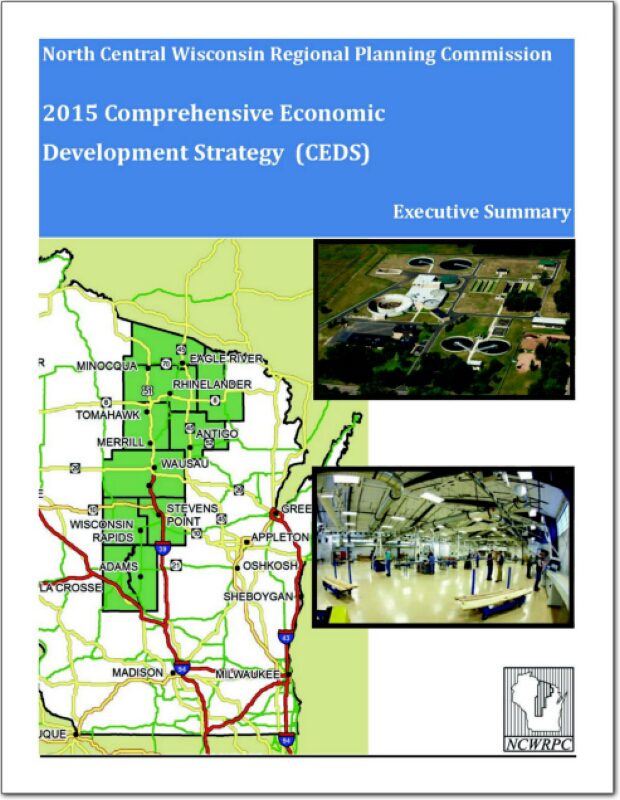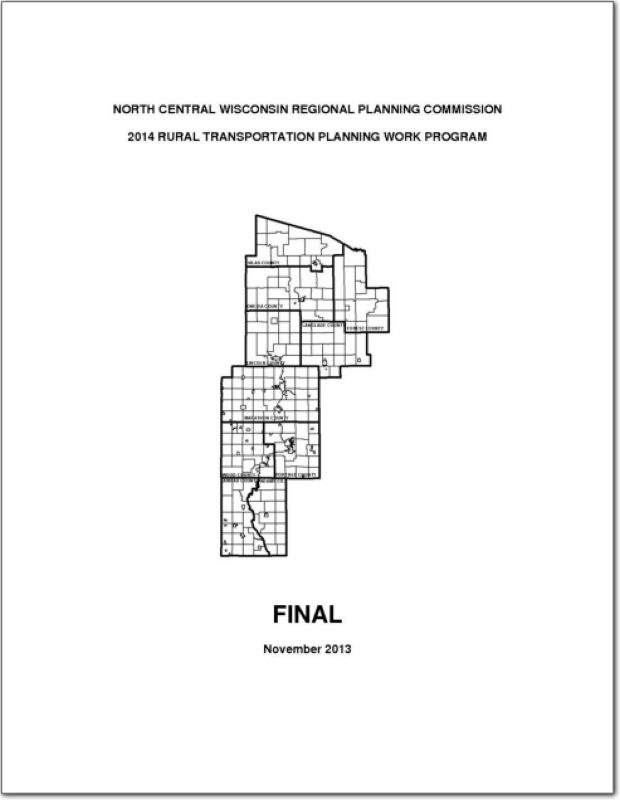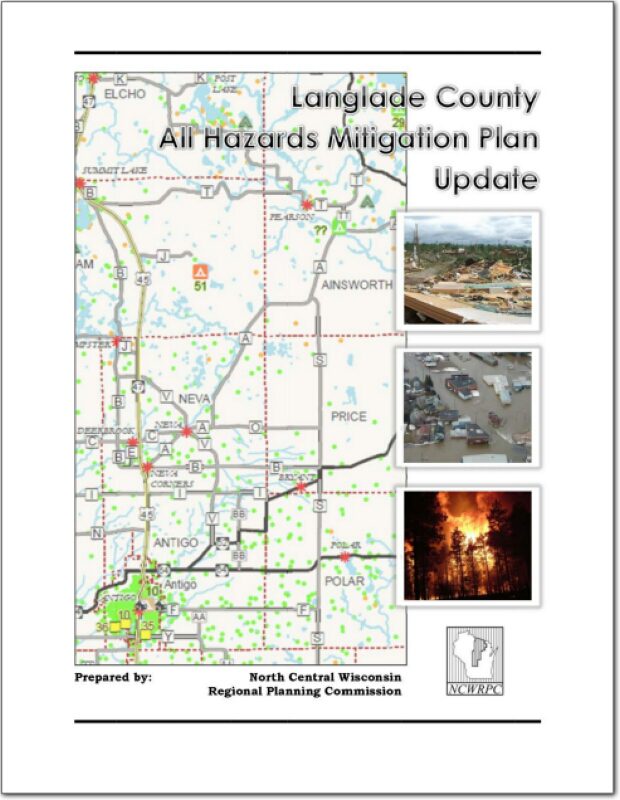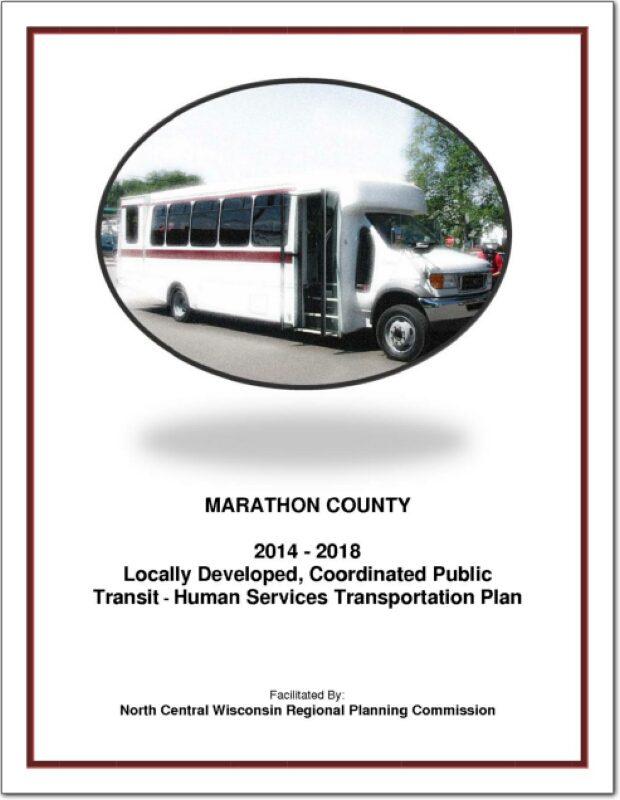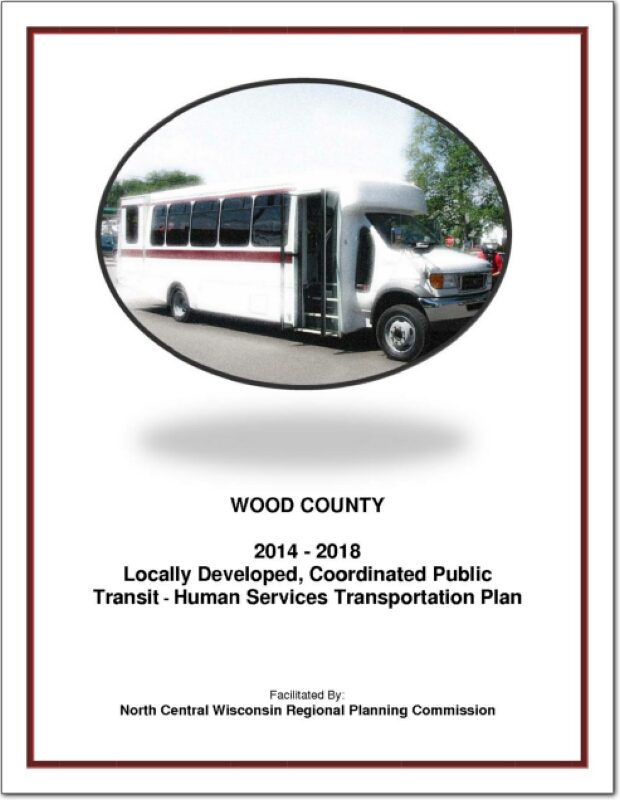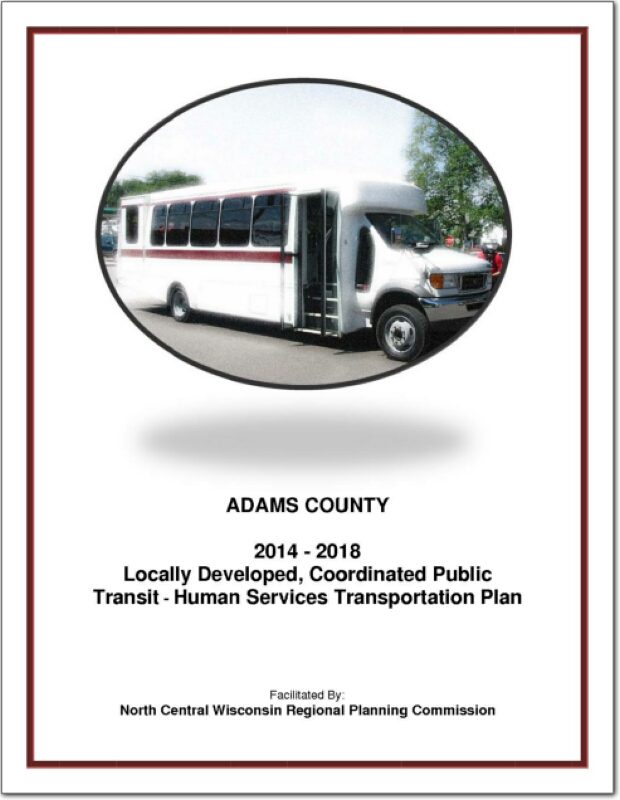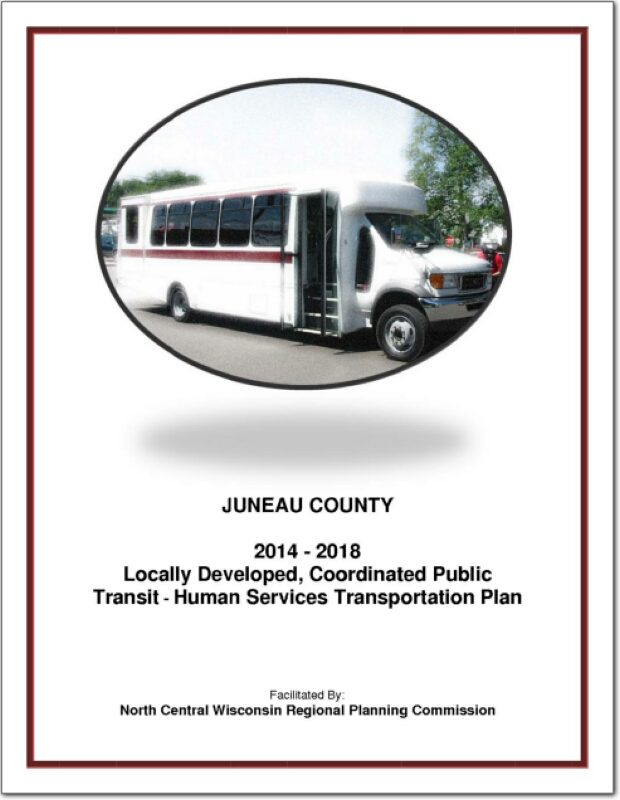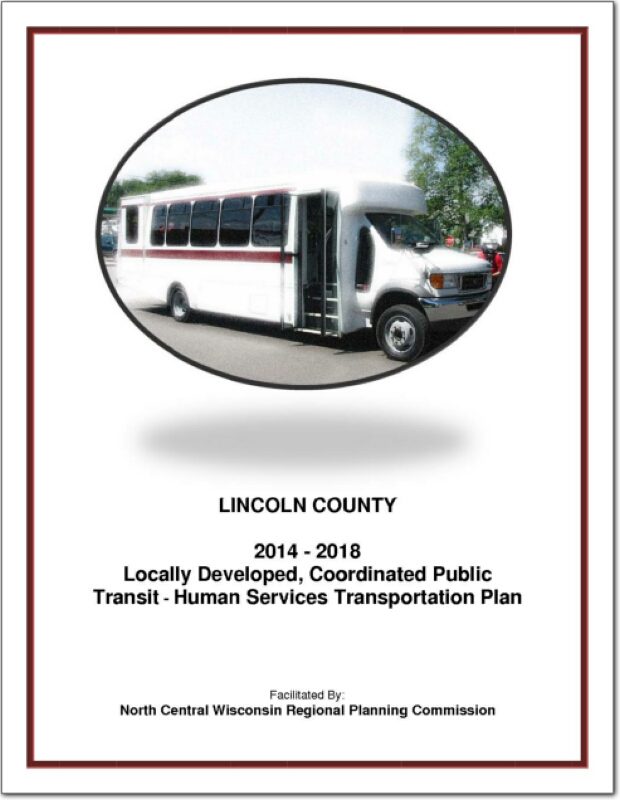The North Central Wisconsin Regional Planning Commission (NCWRPC) is designated as an Economic Development District (EDD) by the U. S. Department of Commerce, Economic Development Administration (EDA). Current members of the EDD are Adams, Forest, Juneau, Langlade, Lincoln, Marathon, Oneida, and Vilas Counties, as well as parts of Portage and Wood Counties. The EDA provides Financial assistance to designated districts in part, for the purpose of developing a Comprehensive Economic Development Strategy (CEDS), the Region’s economic roadmap to diversify and strengthen the regional economy
